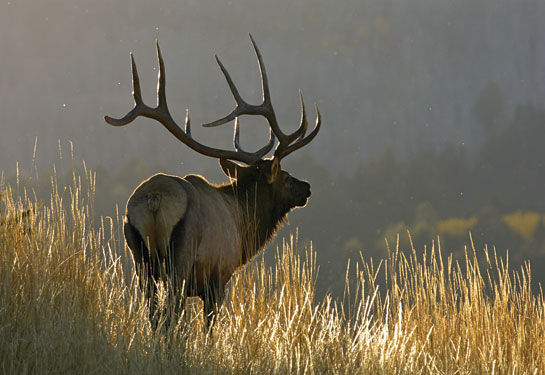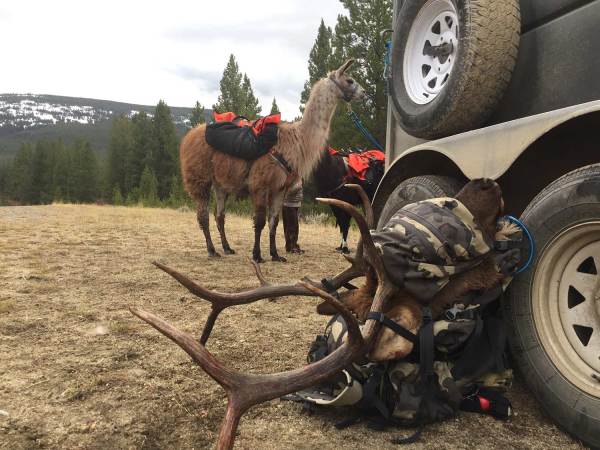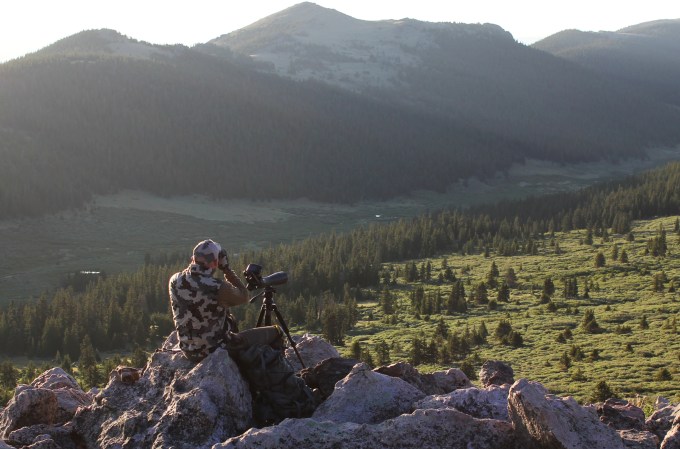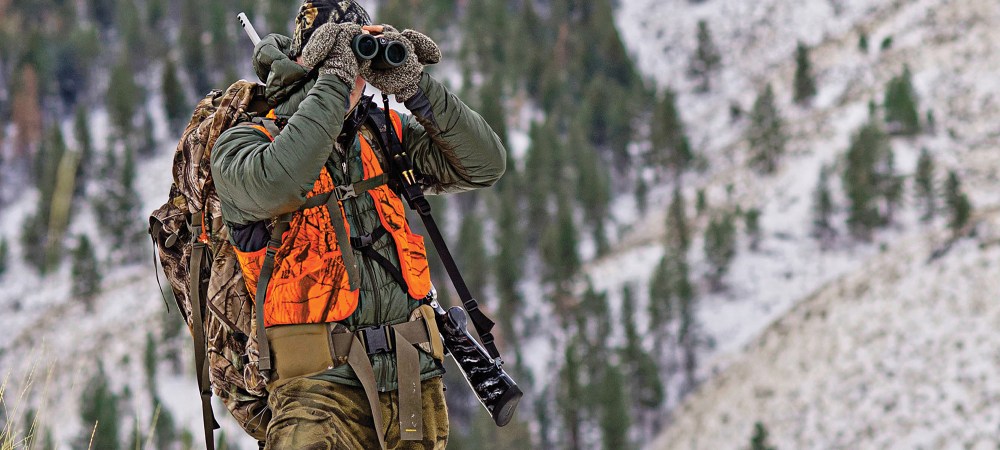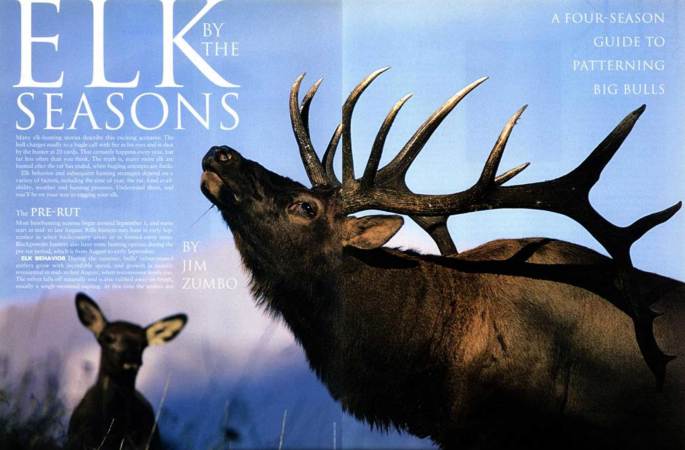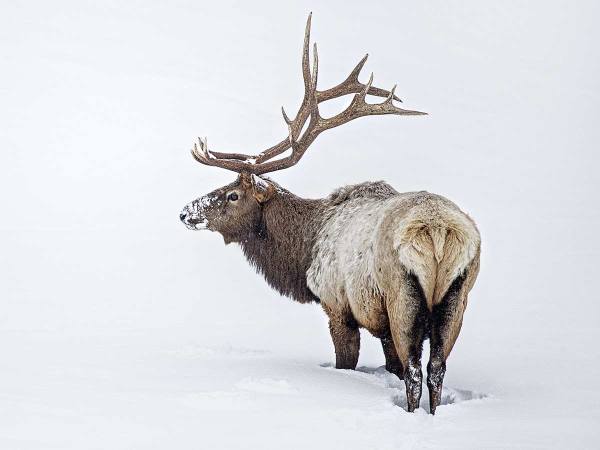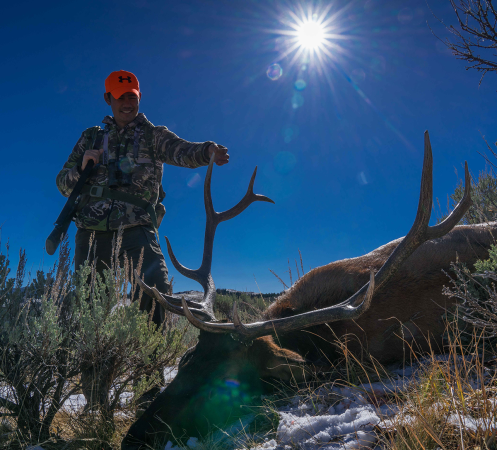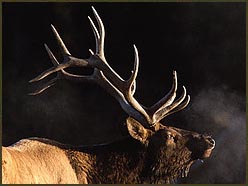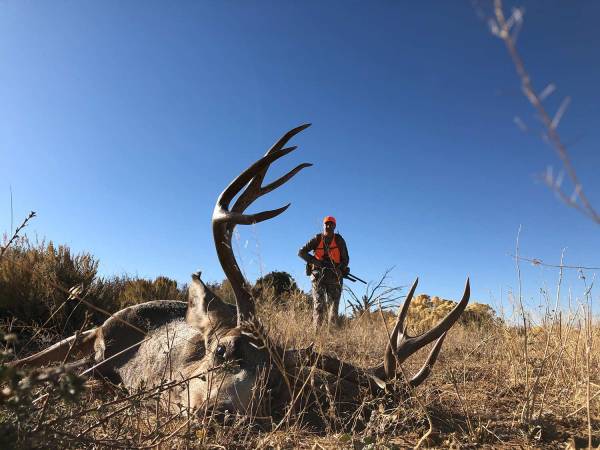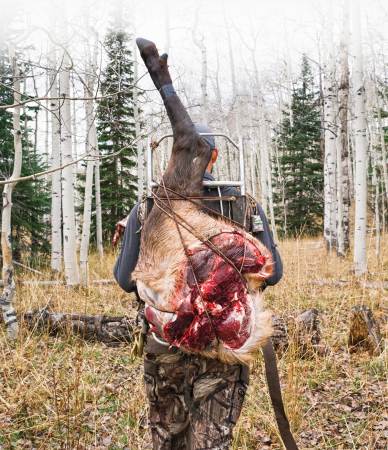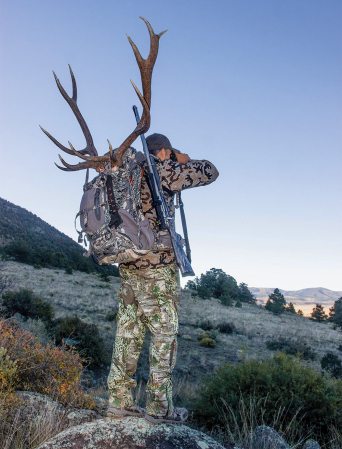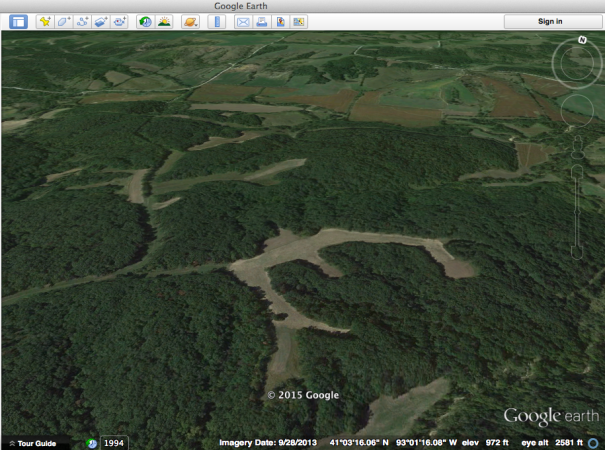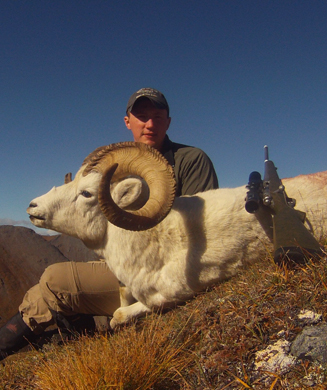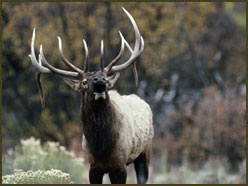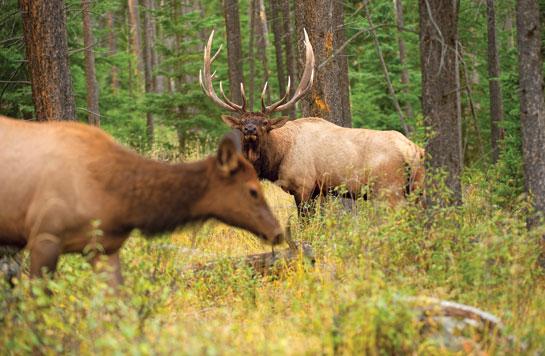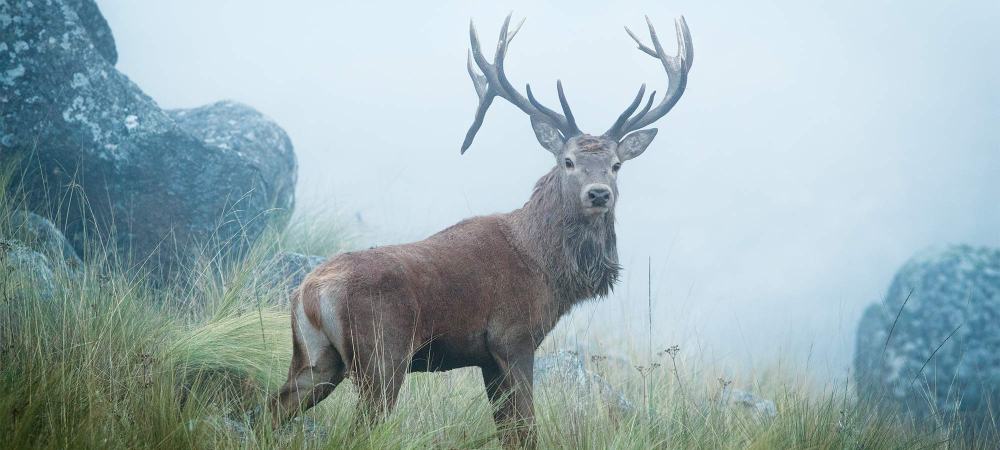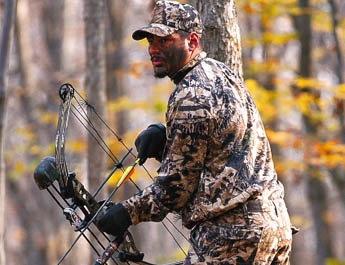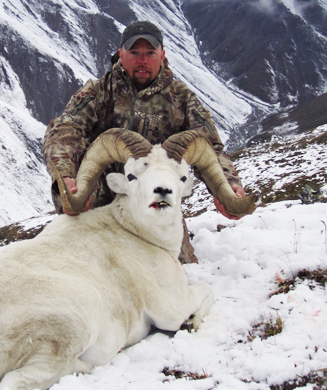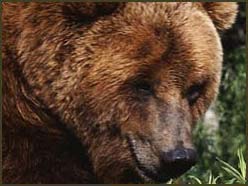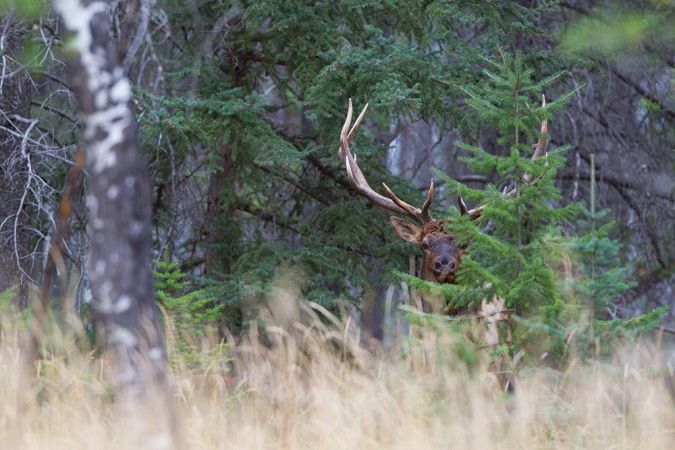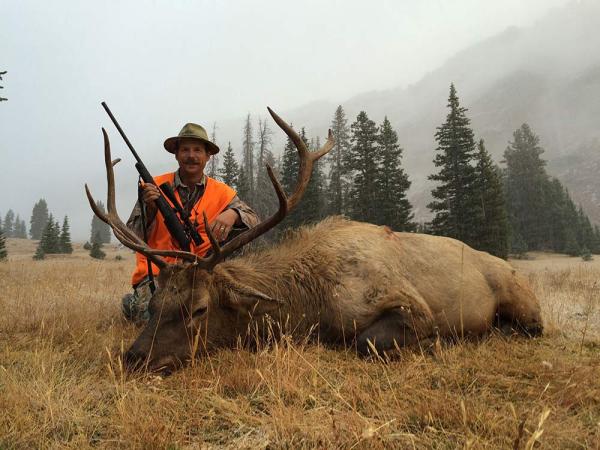Next to deer, the big-game animal most whitetail hunters want to pursue is bull elk. They are big and dramatic, and so is the country they call home. Millions of acres of elk habitat are open to the public and offer free camping and hunting, no guides required. You can make your own elk-hunting adventure, but first you have to find the elk.
Unlike whitetails, elk can be here today, gone tomorrow. When they’re disturbed, they’ll run several miles and put at least two big ridges between themselves and trouble. But if undisturbed, they can be patterned, and that’s how you find them–even from thousands of miles away.
The Pre-Game
Start long-range scouting at home by scouring the wildlife department website of the state you’ll be hunting. Identify units that have consistently high bull elk harvests, low hunter participation, or season dates that fit your needs.
Next, scout with your eye in the sky: Google Earth. Maneuver around your chosen elk unit with this free mapping software and you’ll see the mountaintops and rivers, the ridges and saddles. Look for secure areas at least 2 miles from roads and easy access points. Deep canyons and heavy timber provide the security elk treasure once the shooting starts. Open meadows, brush pockets, and grass meadows are feeding sites. Saddles are natural travel funnels. In early fall, cool north slopes are bedding and rutting areas, usually with ponds, mud holes, and wallows. Load maps onto your GPS or print them out. Make notes and plan your campsites, glassing positions, travel lanes, and ambush points.
The SetUp
If possible, get to your hunting location a day or three early. You want to find elk before they get bumped by other hunters and to be in position on opening morning. It’s tempting to call from every ridge, but don’t. Elk grow wary when excessive hunter bugling crowds the airwaves. Instead, listen and glass. A binocular will reveal herds up to a mile away if you look closely, but a 20-60X spotting scope will uncover elk as many as 4 miles out. You can cover a lot of mountain that way. Whenever you hear or spot elk, mark them on your map.
At dawn and dusk, glass openings for feeding elk. If you spot them, watch again at the next feeding time. If they’ve returned, you’ve identified their routine. As long as the forage holds out and no predators (either two- or four-legged) charge in, they’ll feed in that meadow and bed in nearby dense timber.
Once you’ve located one herd, go find another. And then another. Don’t put all your elk in one basket. Keep watching as the season opener approaches because other hunters may bumble in and screw up the animals’ routine.
Photo by: Ron Spomer
